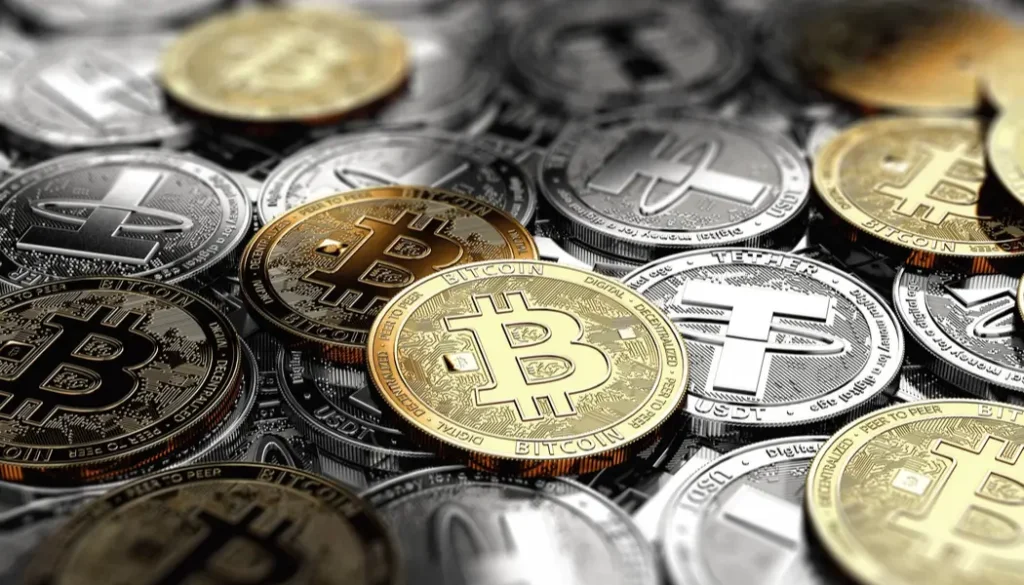Following increased political turmoil between Ukraine and Russia, bitcoin is entering an uncertain period in its current market cycle. The price of bitcoin has had a tumultuous month, with a high of $46,000 and a low of $34,000 in a couple of weeks.
Given the vast extent to which bitcoin has mirrored US stocks, its price declining trajectory over the last several weeks is reasonable, according on the performance of the S&P 500.
It’s not surprising that many investors are attempting to lower risks and valuations have been reflecting this. If the current tensions go away quickly, we may see an appetite for risk return.
How is cryptocurrency actually useful in this case?
In Ukraine, cryptocurrencies may have a significant impact though, as digital money transactions are restricted. Following the Ukrainian government’s clampdown on digital money transfers, crypto-assets appear to be gaining more popularity.
According to local information, domestic purchasers were switching to Tether’s USDT stablecoin. In other words, digital currencies have lived up to their name as a means of swiftly moving money across borders, with supporters of the Ukrainian cause raising $54 million in cryptocurrency contributions.
Unlike more well-known cryptocurrencies such as bitcoin or ethereum, Tether has remained relatively stable in recent weeks. Ukraine has long been a supporter of digital assets, and in 2021, Ukraine’s president, Volodymyr Zelenskyy, signed legislation enabling the country’s central bank to issue its own digital currency.
As we see more and more traditional types of currencies fall under the influence of geo-political agendas, with stock markets closing down and the Russian ruble decreasing in value everyday, crypto-assets could become one of the few left alternatives. As long as countries do not adopt bitcoin or other crypto-currency as their national currency (E.g: El Salvador), crypto-assets can be also a safe option in times of need.




